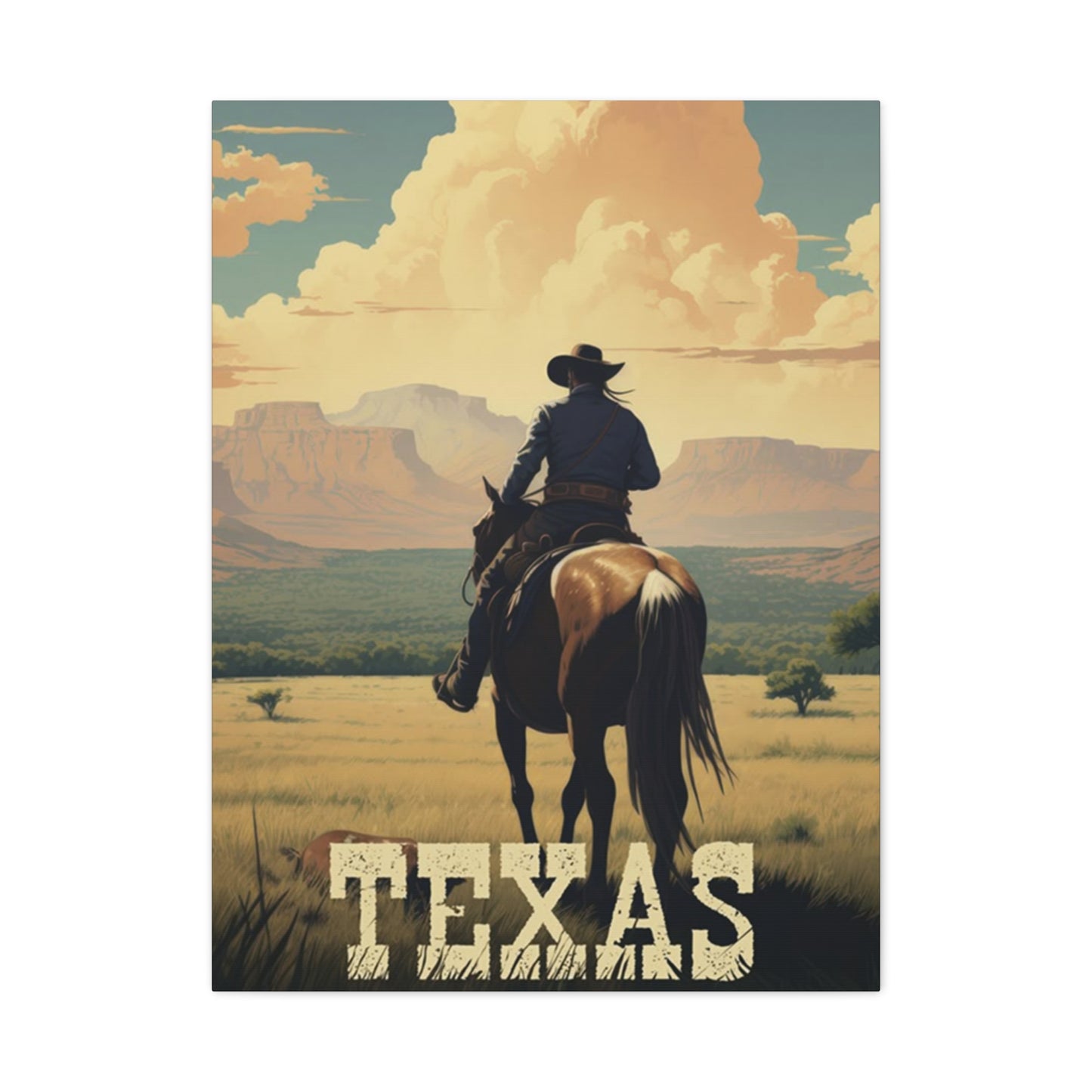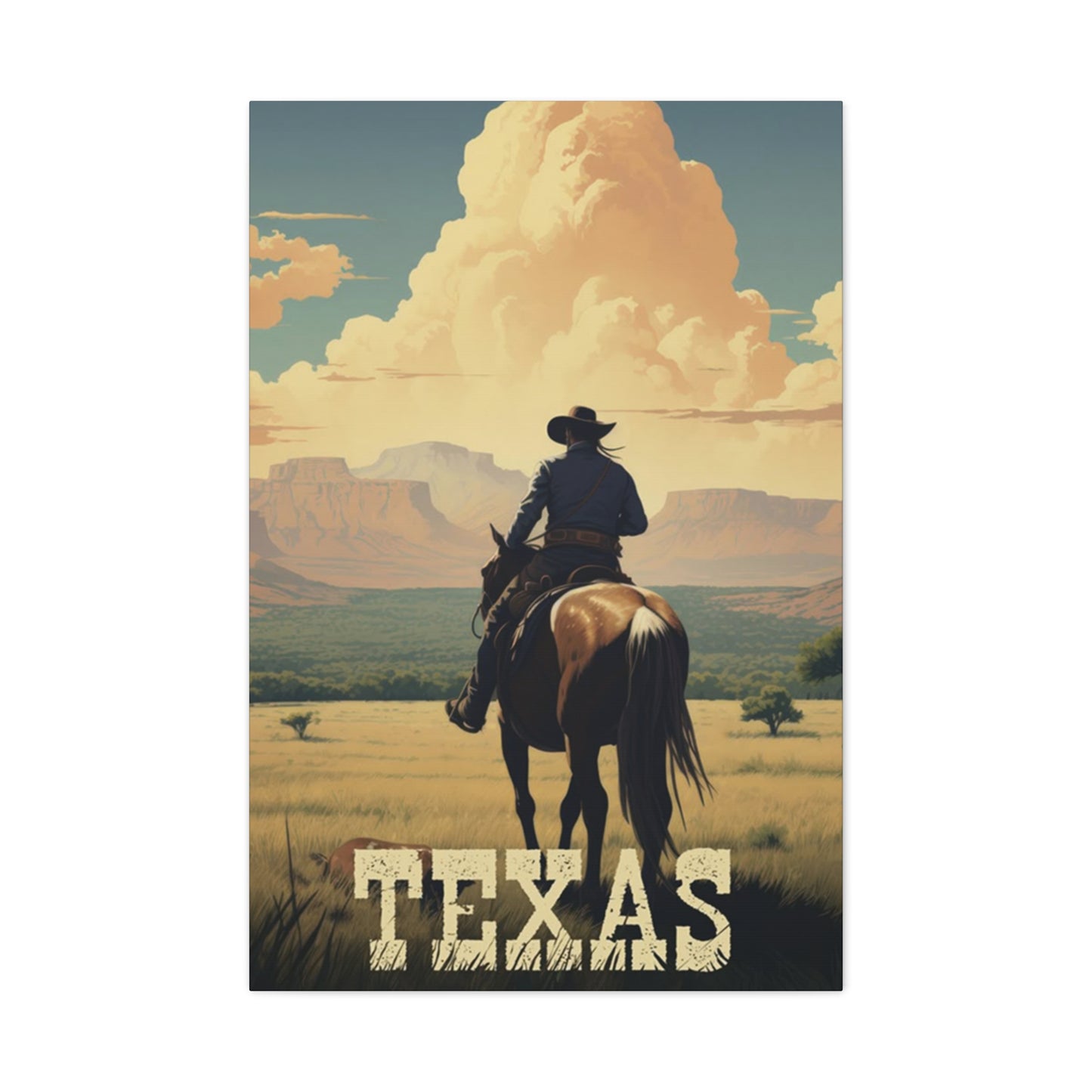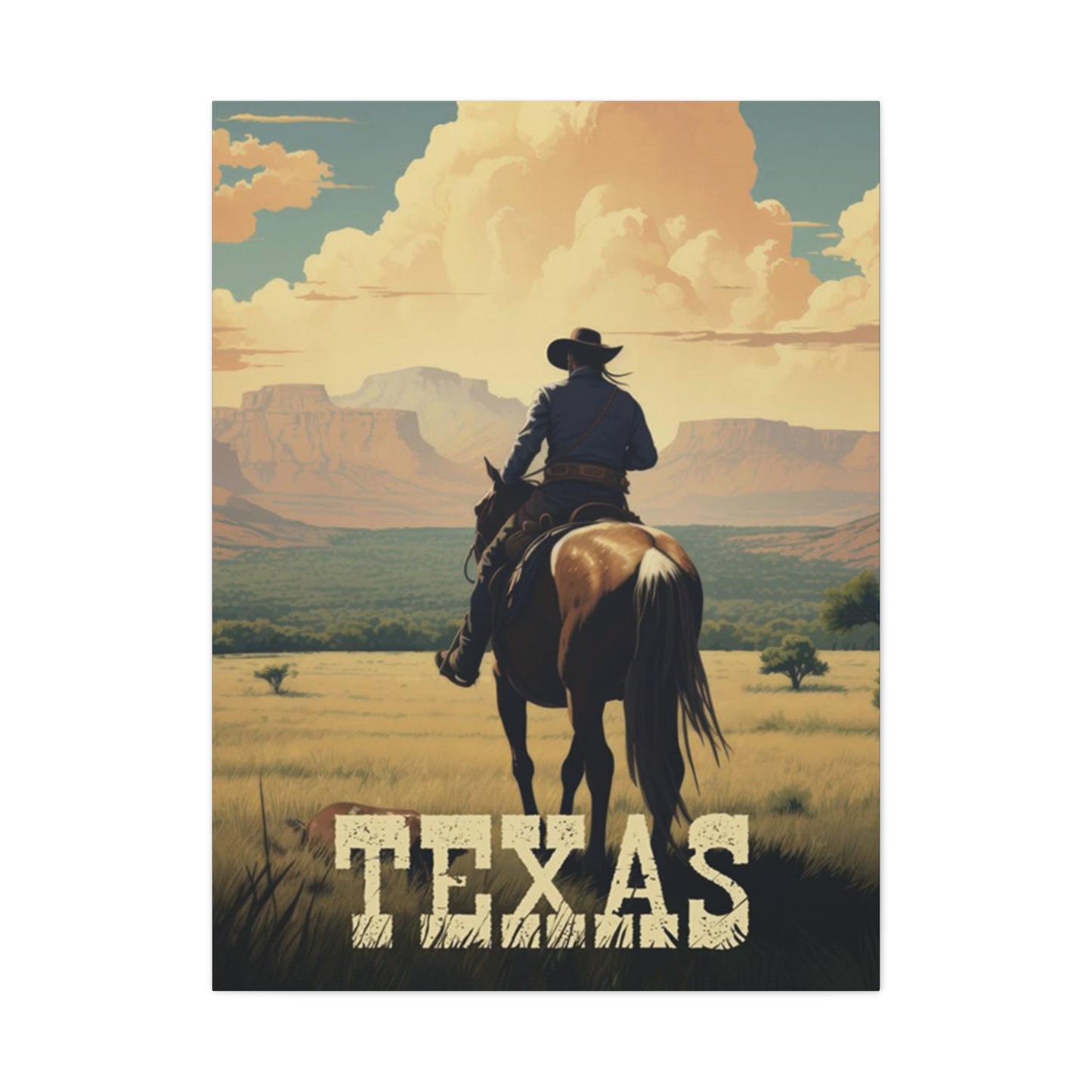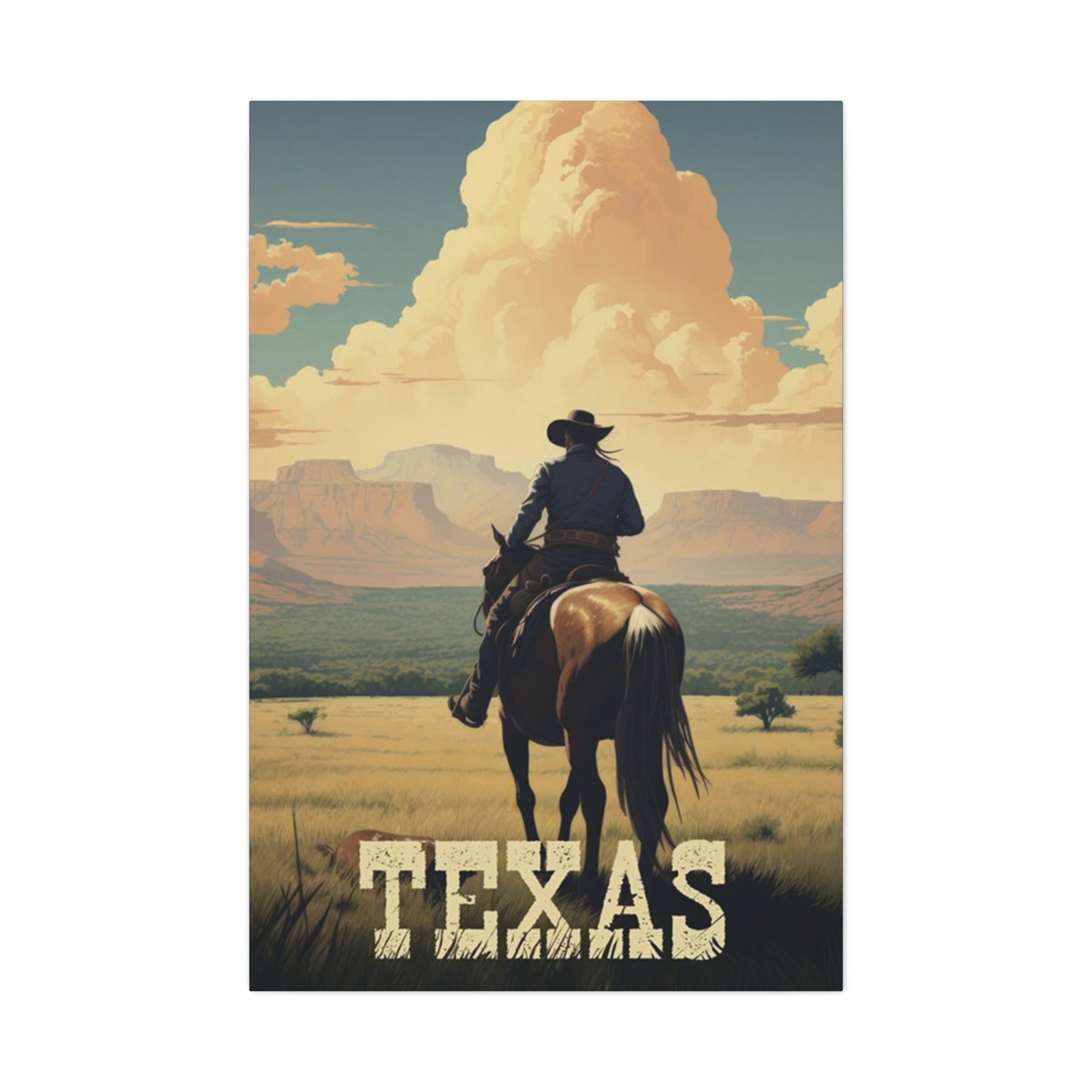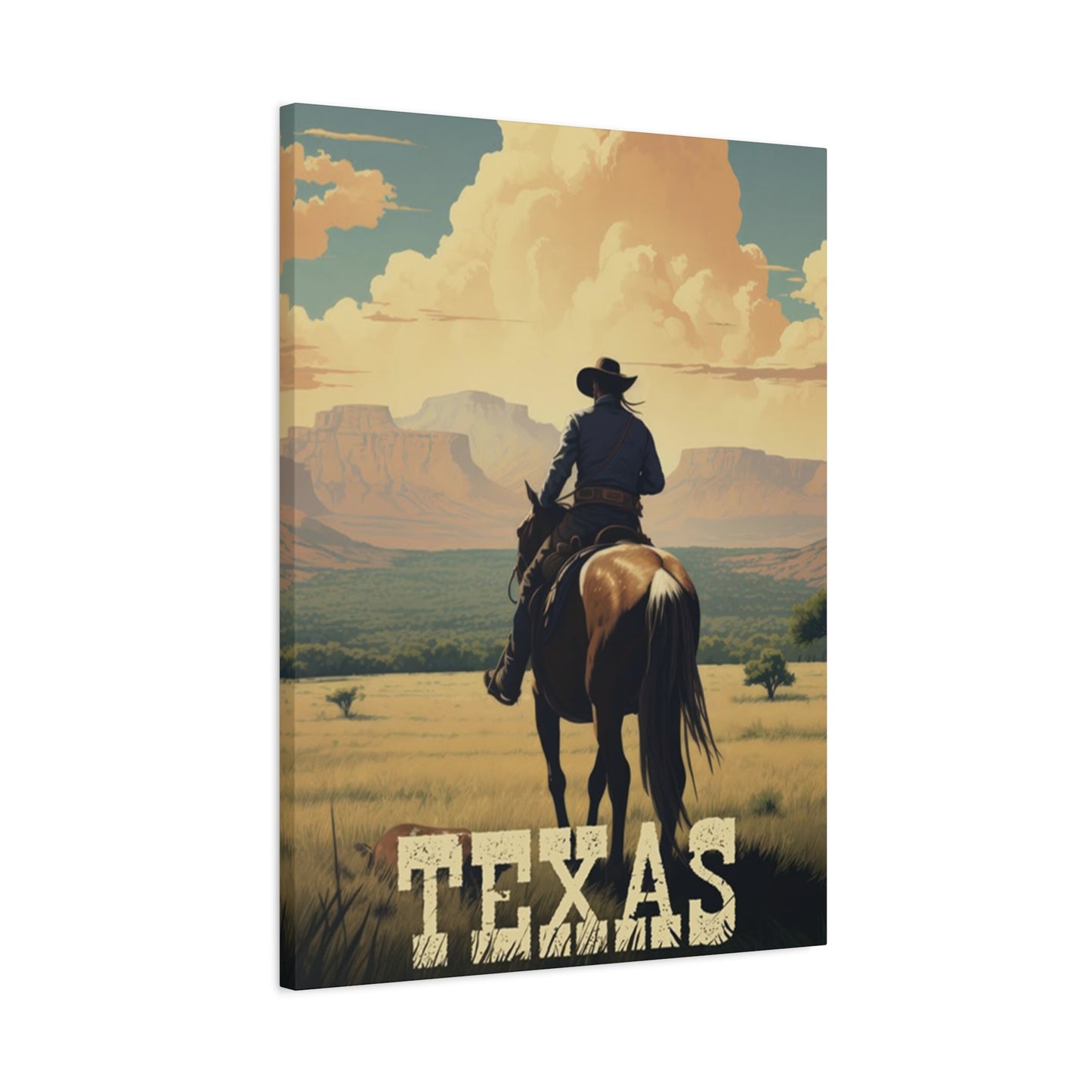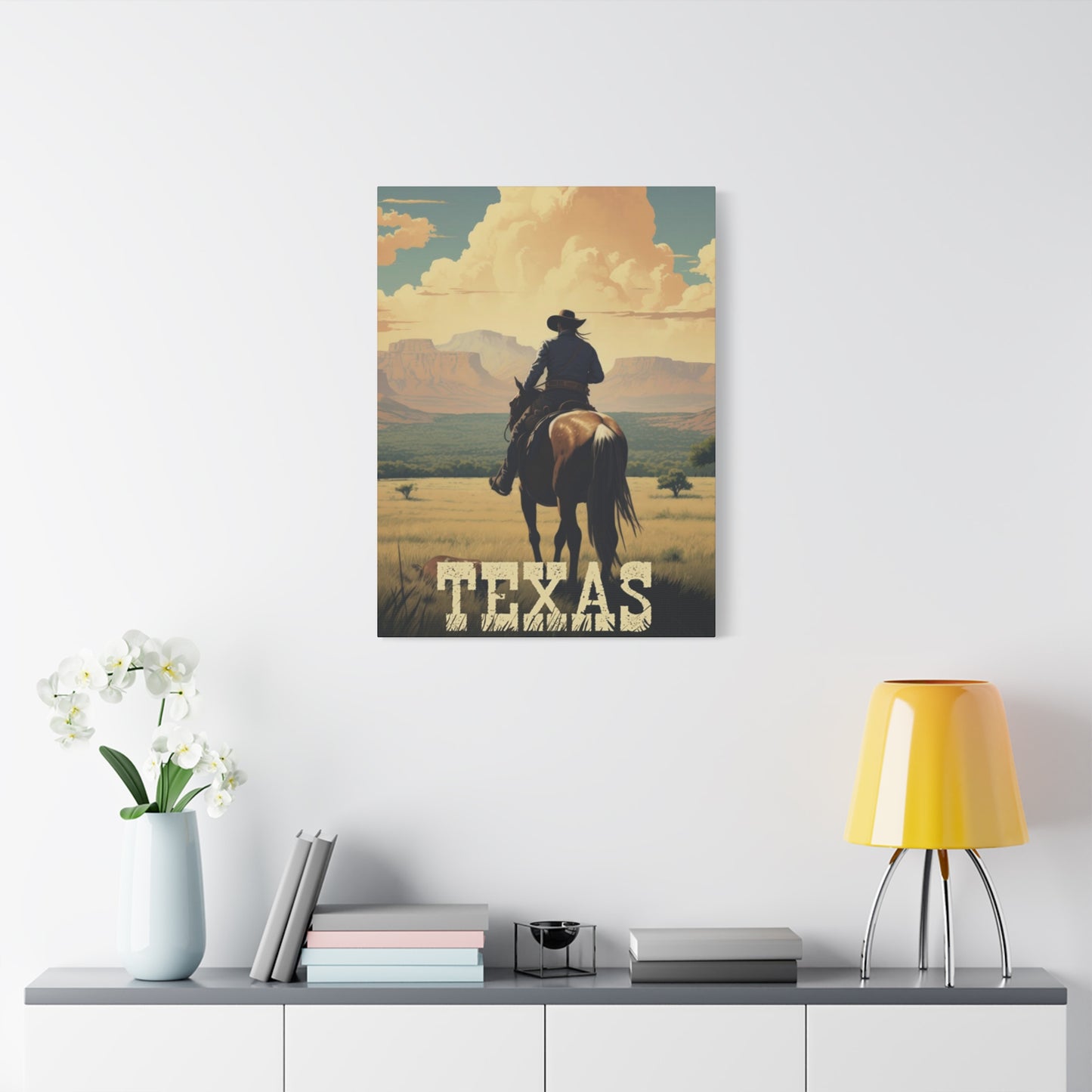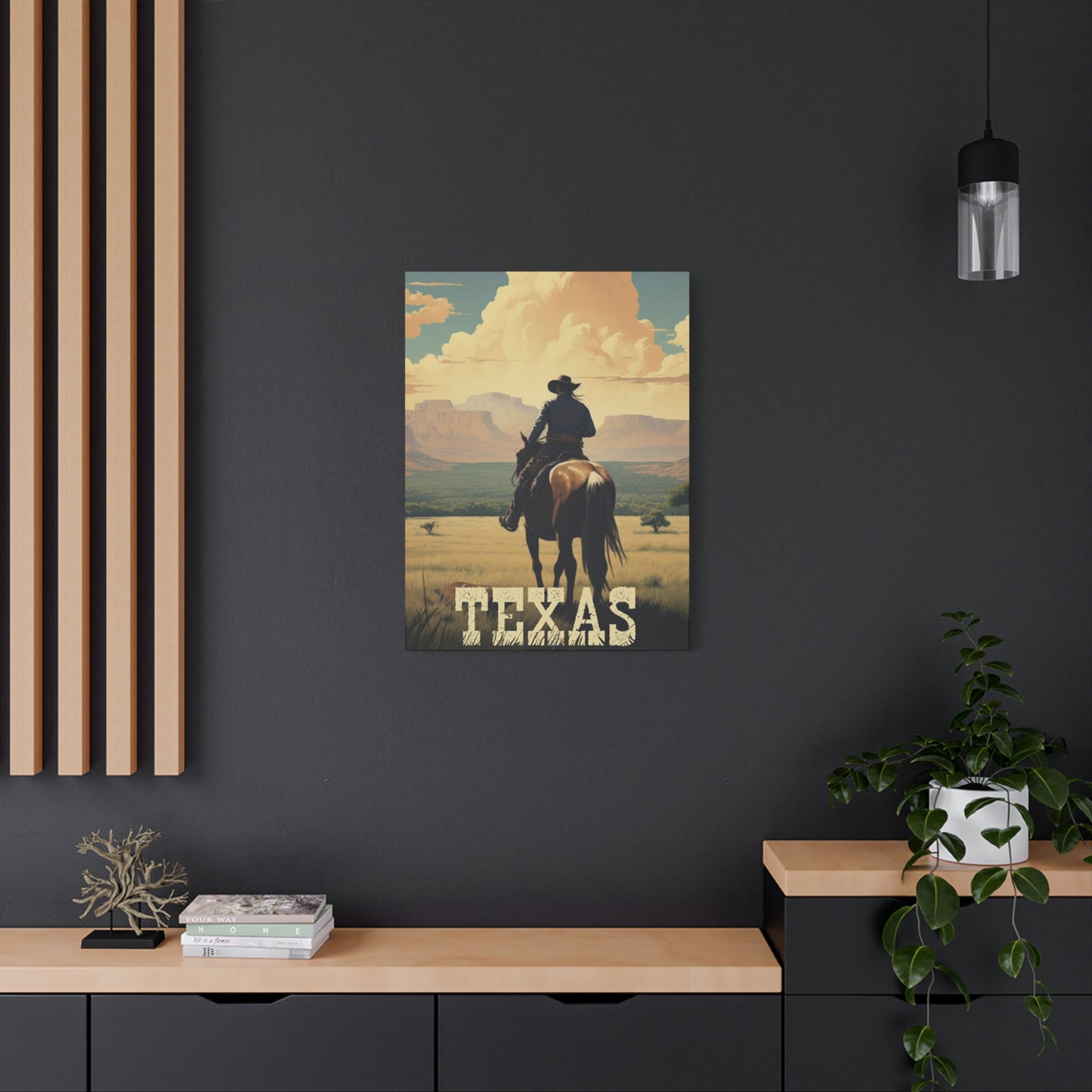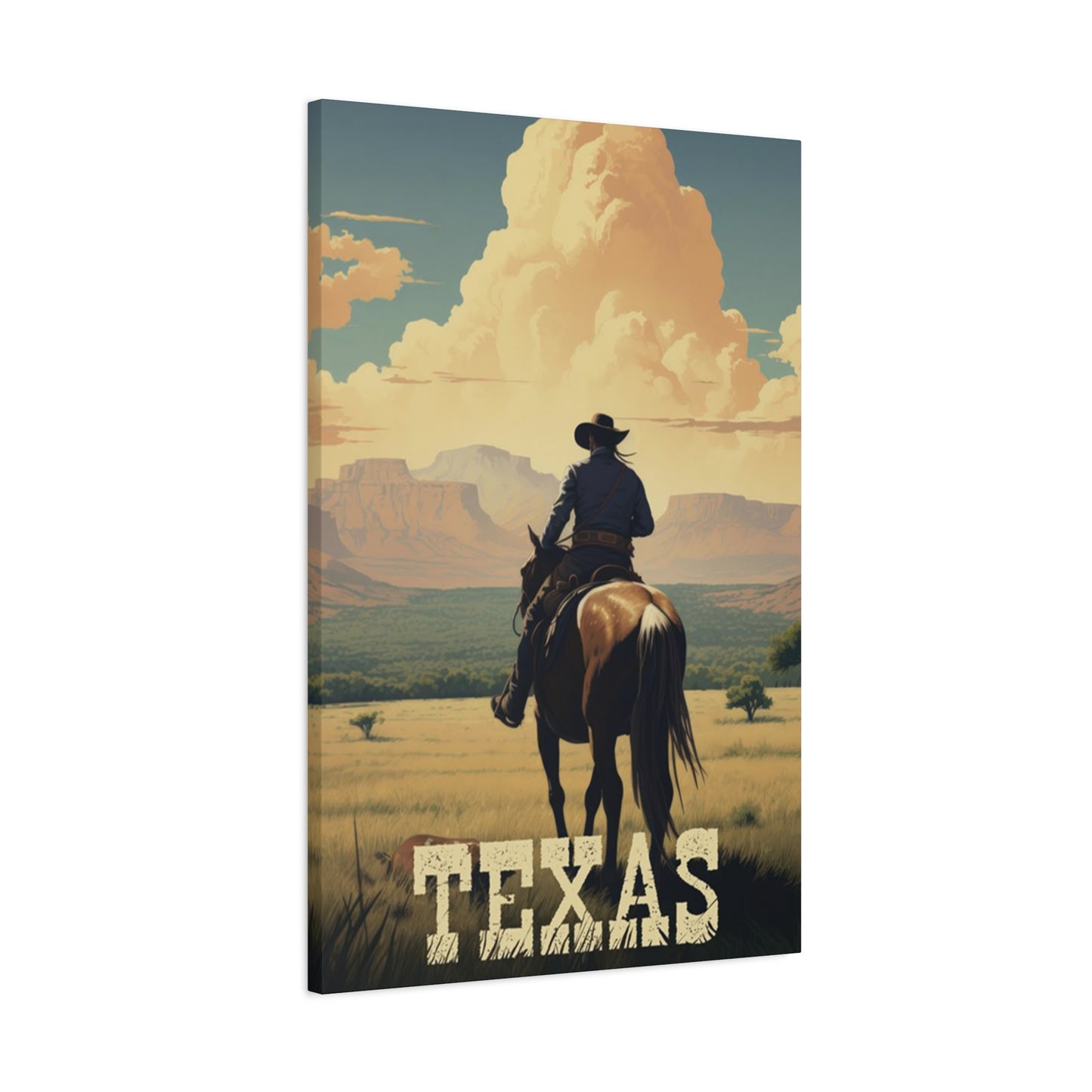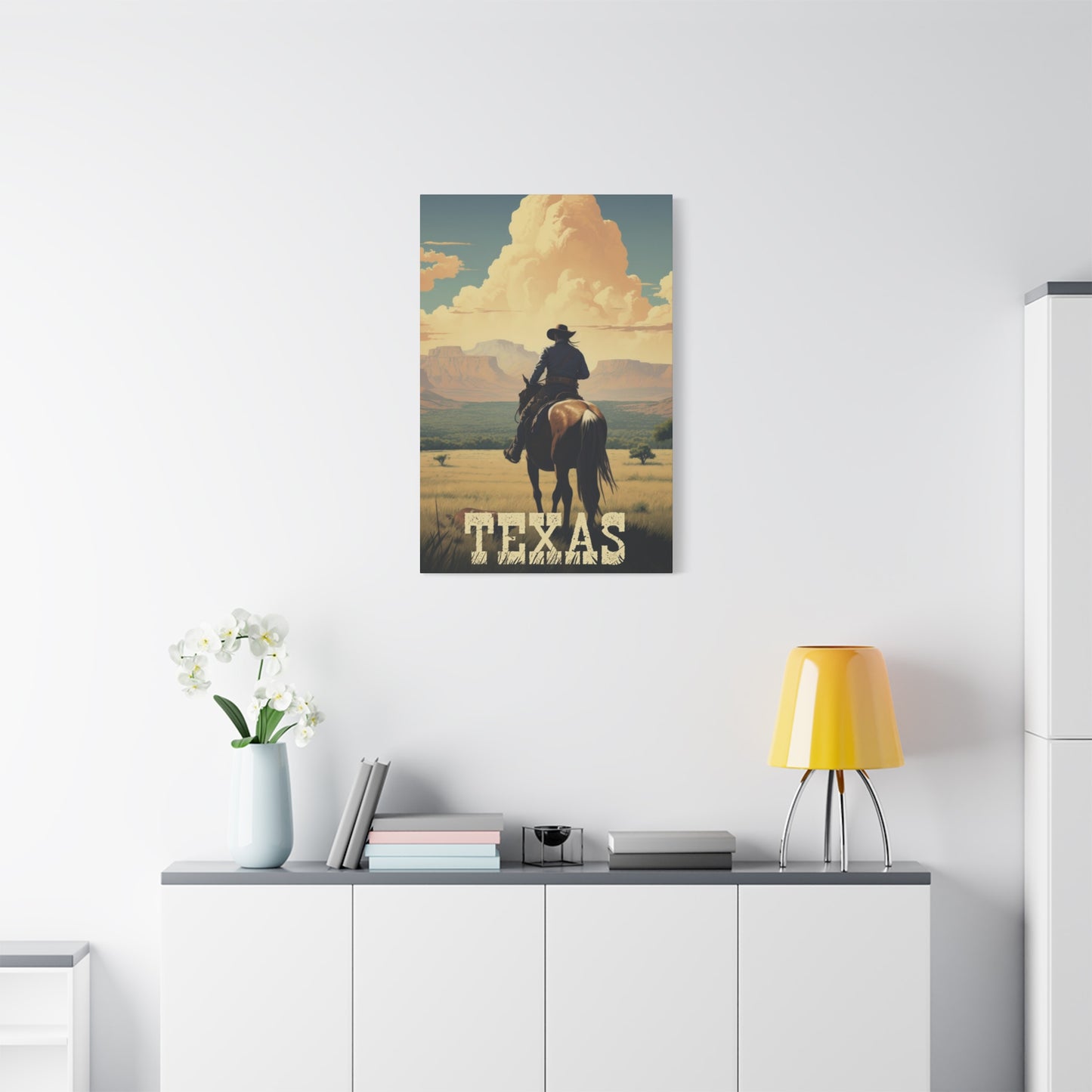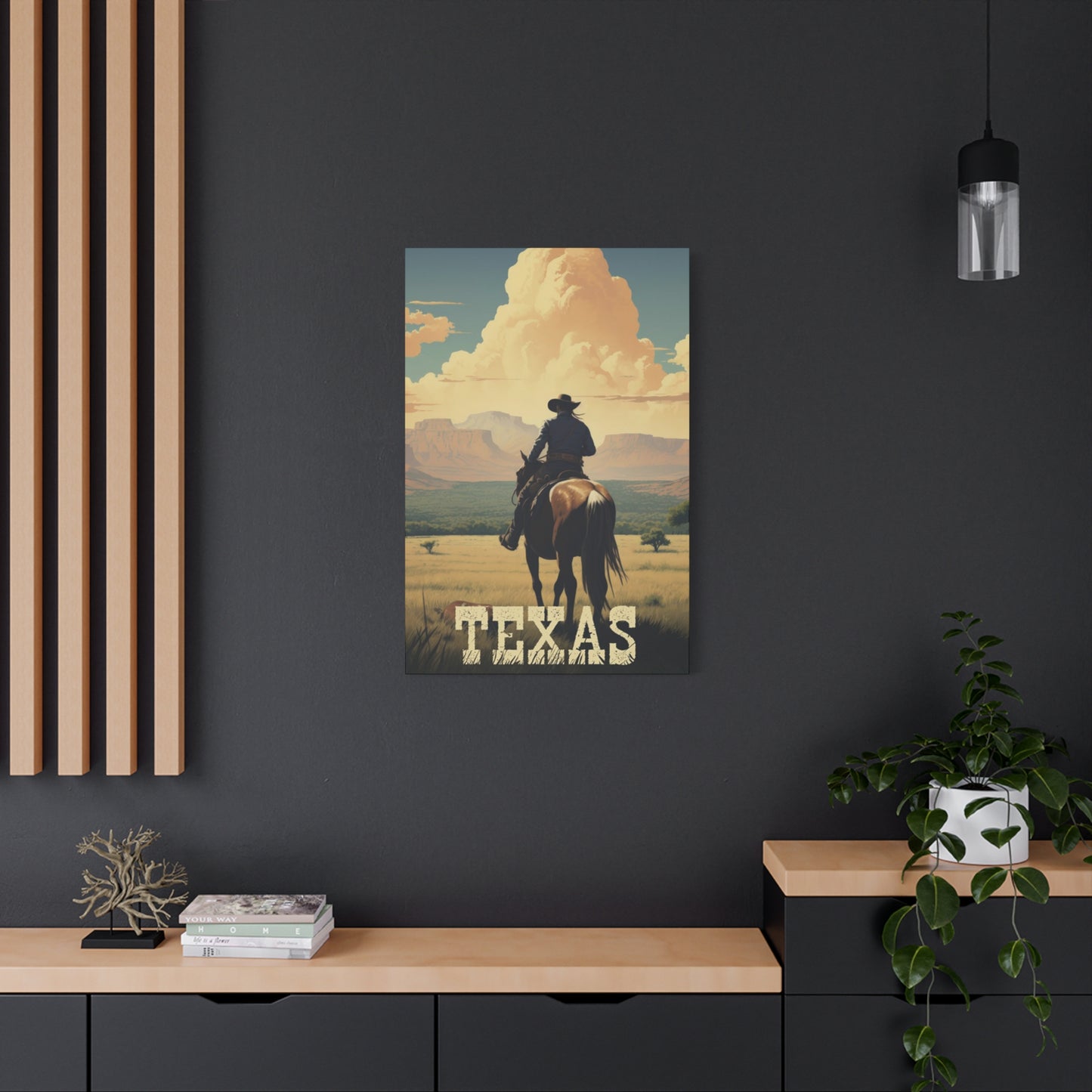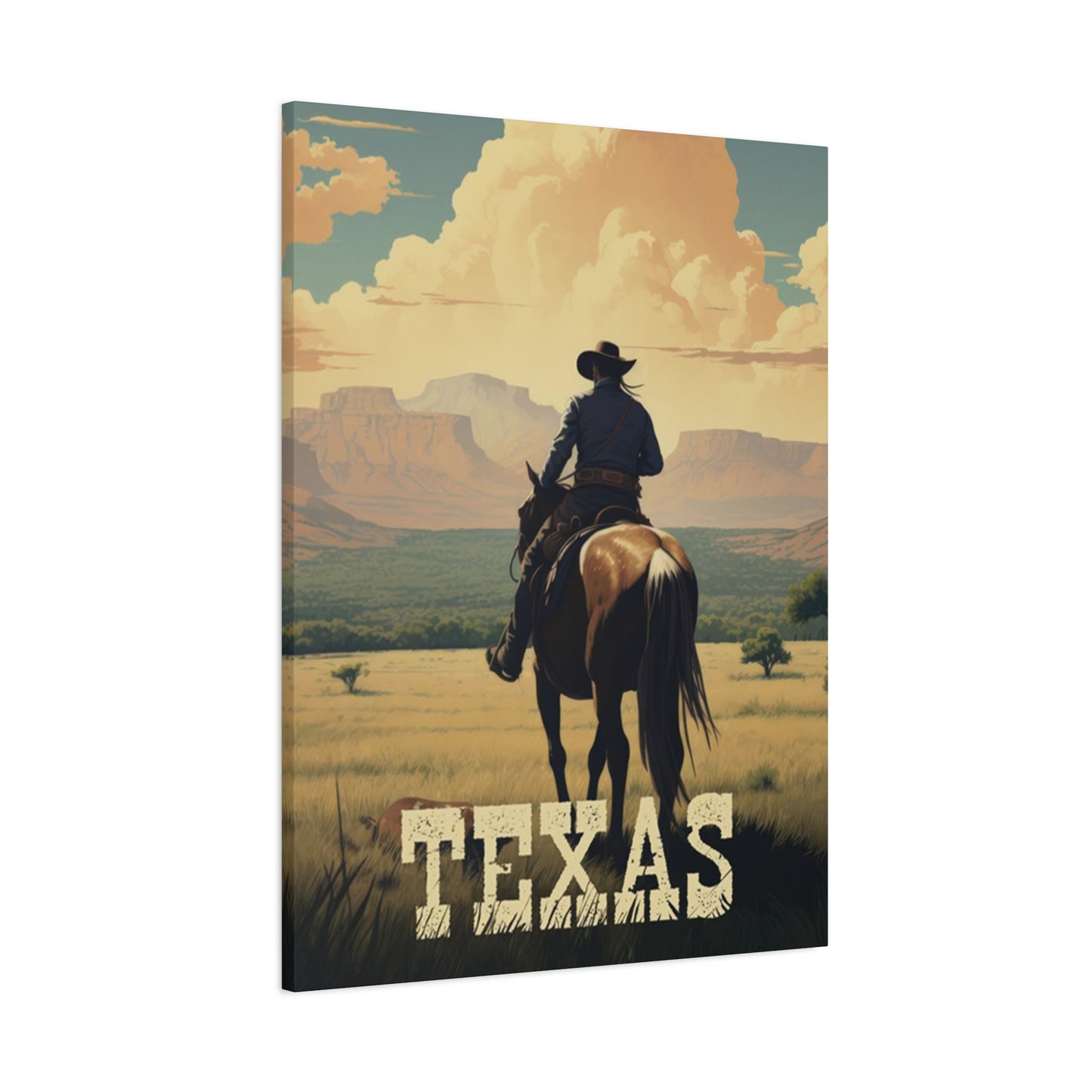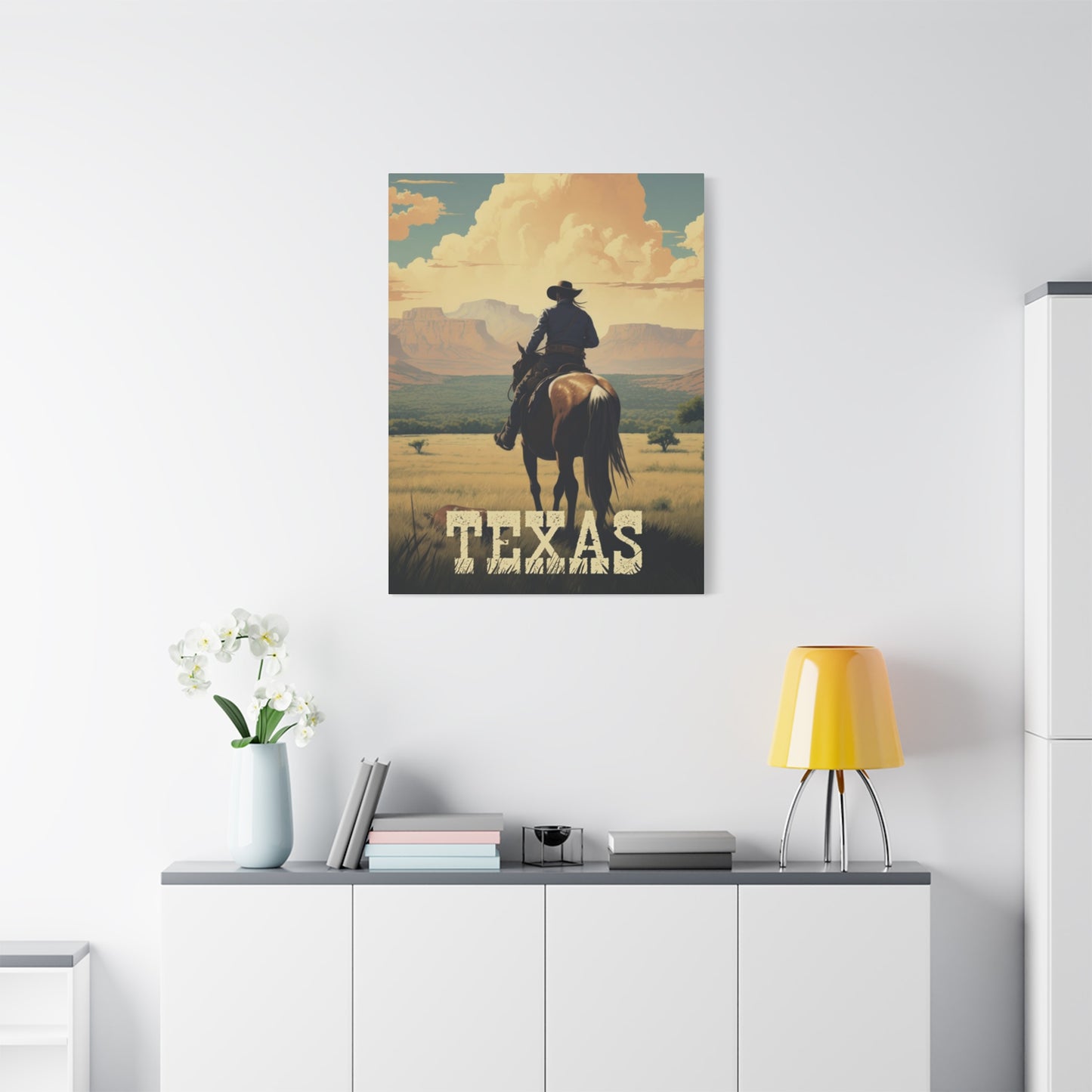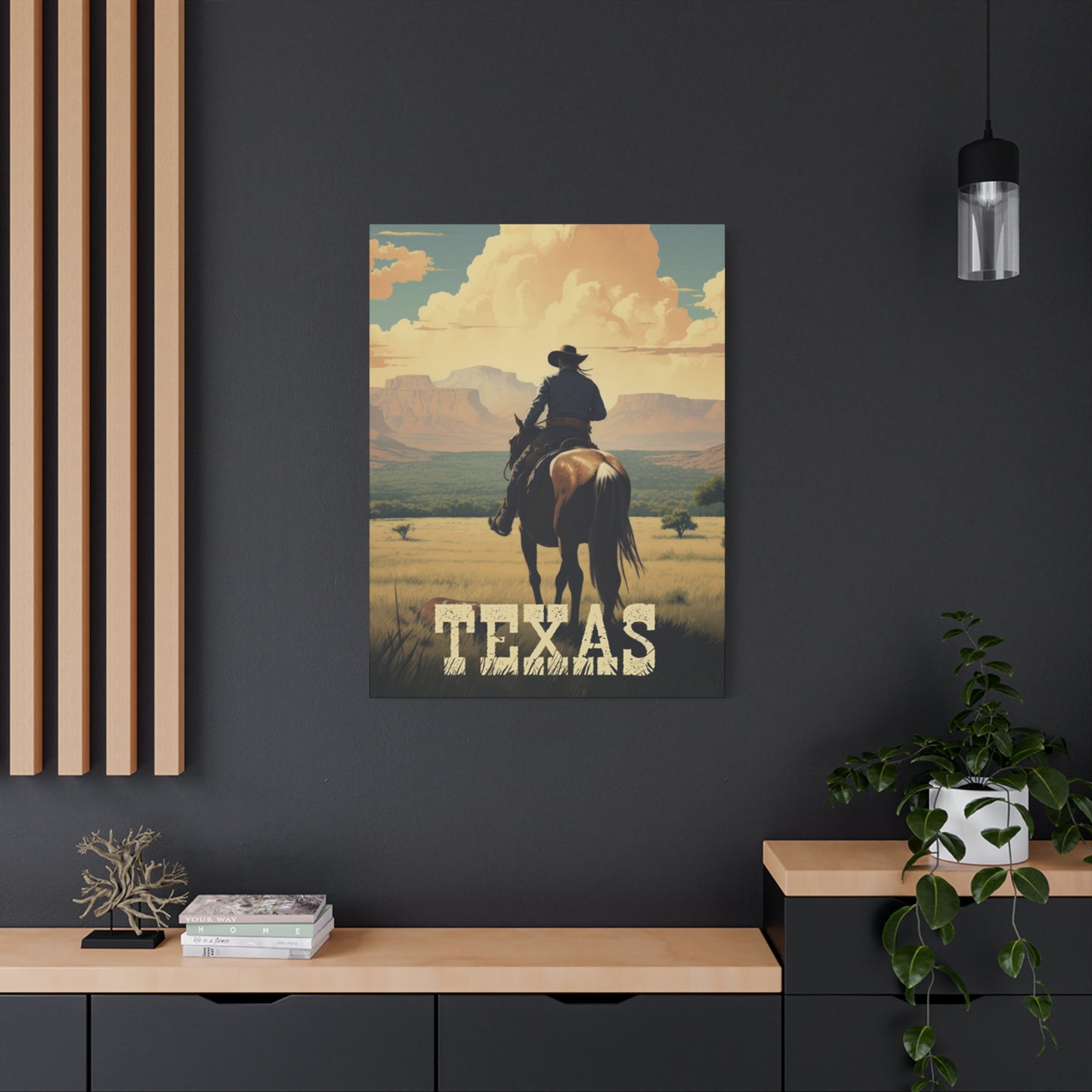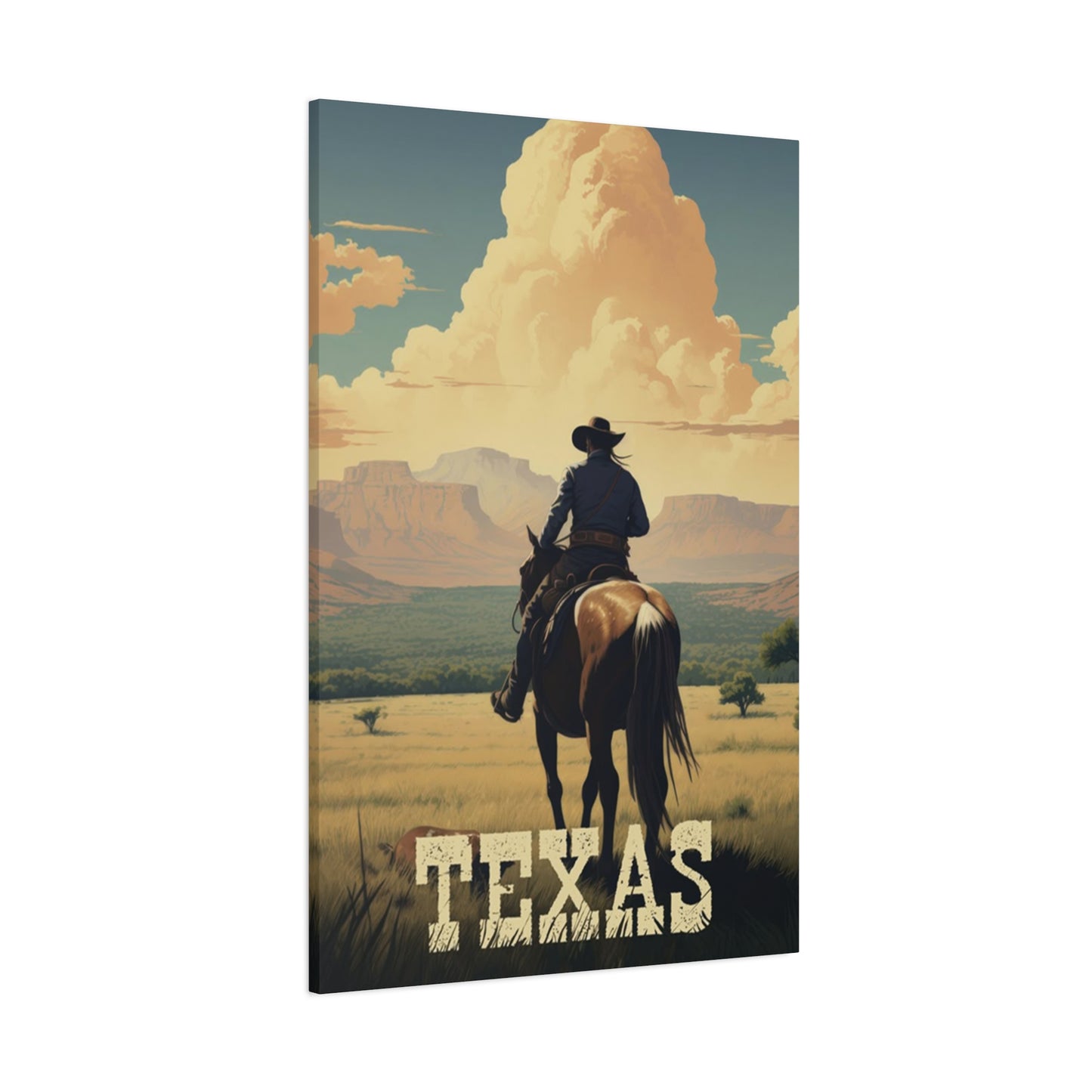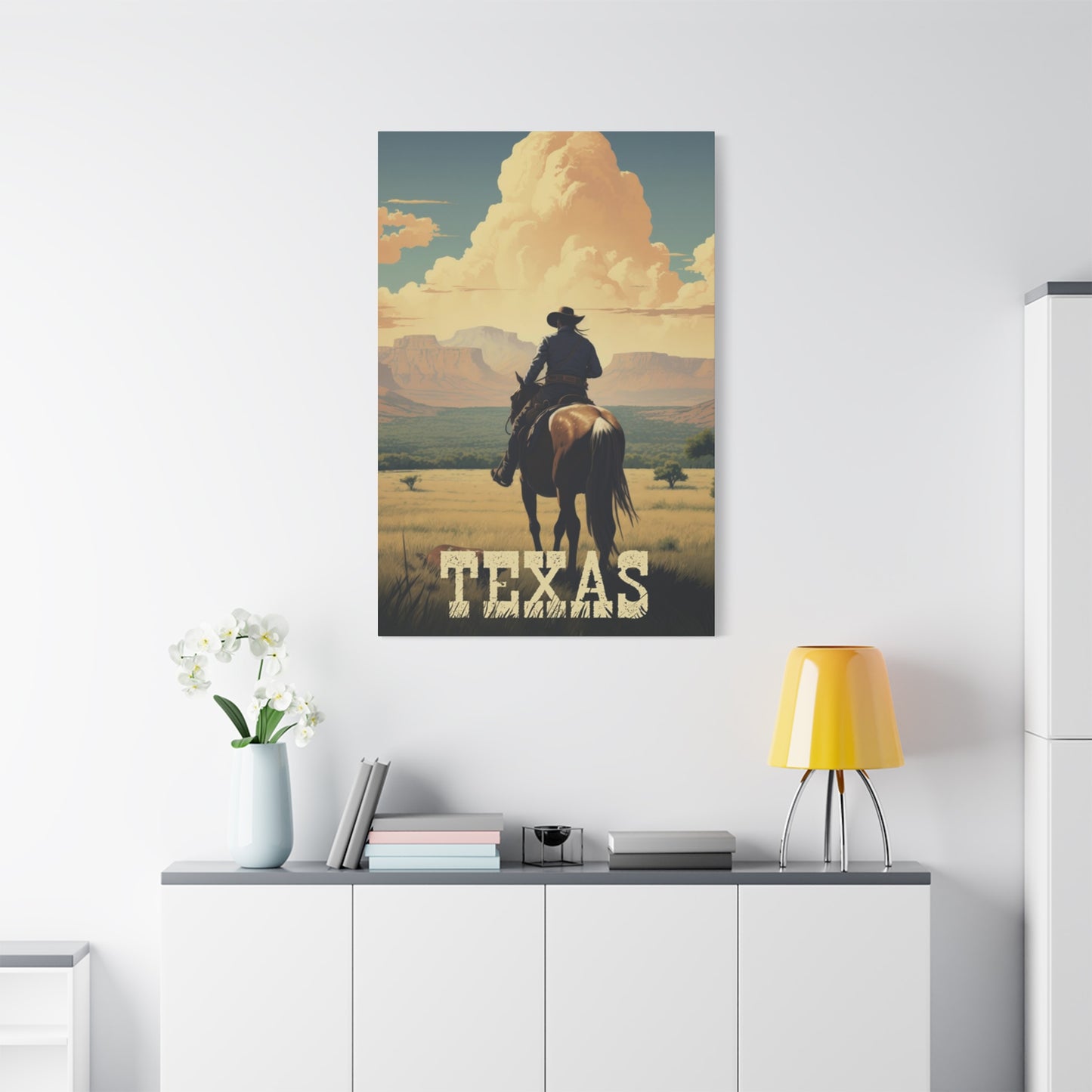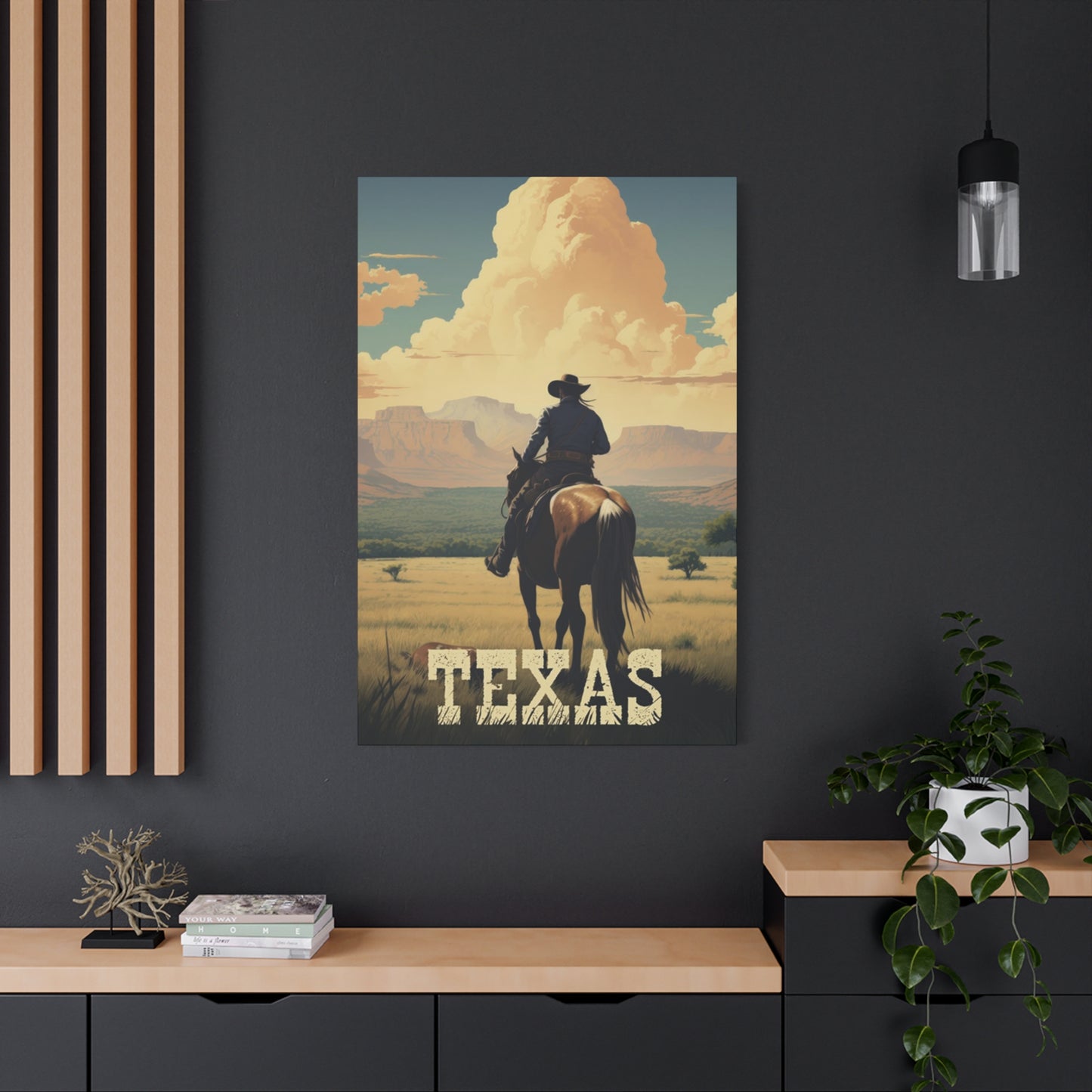Top Contemporary Artists Creating Stunning Cowboy Portrait Wall Art
The American frontier has captured imaginations for generations, embodying freedom, adventure, and rugged individualism. Today, this rich cultural heritage finds expression through stunning visual displays that celebrate the cowboy lifestyle and Western traditions. From weathered ranchers to legendary figures of the Old West, these artistic representations offer a powerful way to honor the pioneering spirit that shaped a nation.
Vintage Western Portraits: Capturing the Soul of the Frontier
Vintage Western portraits represent more than mere decoration; they serve as windows into a bygone era when life moved at the pace of horseback and decisions were made with weathered hands and determined hearts. These artistic pieces showcase the authentic character of frontier life, featuring individuals who lived through the challenges and triumphs of the American West.
The appeal of vintage Western portraits lies in their ability to transport viewers to dusty saloons, expansive ranches, and cattle drives that stretched across endless plains. Each face tells a story of hardship and perseverance, of men and women who carved out lives in unforgiving landscapes. The artistic techniques used in these portraits often employ sepia tones, aged textures, and careful attention to period-appropriate clothing and accessories.
When selecting vintage Western portraits, consider pieces that demonstrate authentic period details. Look for representations that include traditional Western wear such as leather chaps, wide-brimmed hats, and weathered boots. The eyes in these portraits often carry the weight of experience, reflecting the harsh realities and simple pleasures of frontier existence.
The historical accuracy of vintage Western portraits adds significant value to their artistic merit. Many contemporary artists research extensively to ensure their work accurately represents the clothing, tools, and lifestyle of the period. This attention to detail creates pieces that serve both as decoration and historical documentation.
Collectors and enthusiasts often seek vintage Western portraits that capture specific aspects of frontier life, such as cattle ranching, gold mining, or law enforcement. Each profession brought its own unique challenges and required distinct skills, and quality portraits reflect these differences through careful attention to costume, posture, and expression.
The emotional impact of vintage Western portraits stems from their ability to humanize historical figures. Rather than presenting idealized versions of Western life, the best vintage portraits show the complexity of real people who lived through extraordinary times. Wrinkles around the eyes speak of squinting into harsh sunlight, while weathered hands tell stories of hard work and determination.
Modern reproduction techniques allow vintage Western portraits to be available in various formats, from canvas prints to framed photographs. However, original works or limited edition prints often carry greater value and authenticity. The aging process itself becomes part of the artistic appeal, as genuine vintage pieces develop patina and character over time.
Cowboys with Character: Celebrating Individual Stories
The American cowboy represents independence, courage, and adaptability, qualities that resonate deeply with contemporary audiences seeking authentic representations of these values. Portraits featuring cowboys with distinctive character traits offer viewers the opportunity to connect with specific aspects of Western heritage while adding personality to their surroundings.
Character-driven cowboy portraits focus on individual traits that defined successful frontier life. These might include the steady gaze of a ranch foreman, the confident stance of a rodeo champion, or the weathered features of a trail boss who guided countless cattle drives. Each portrait tells a unique story while contributing to the larger narrative of Western expansion and settlement.
Artists who specialize in character portraits often spend considerable time researching their subjects, whether historical figures or composite characters based on multiple real individuals. This research ensures that every detail, from the style of hat to the type of spurs, accurately reflects the period and profession being portrayed. The result is artwork that educates while it inspires.
The psychological depth of character-driven cowboy portraits sets them apart from generic Western artwork. These pieces explore the internal landscape of individuals who chose to live on the frontier, examining the motivations and personal qualities that enabled them to thrive in challenging circumstances. The best character portraits reveal both strength and vulnerability, creating complex representations that invite contemplation.
Contemporary artists working in this genre often employ various techniques to enhance character development within their portraits. Some use dramatic lighting to highlight facial features and create mood, while others focus on symbolic elements such as worn leather or trusted tools to communicate character traits. The choice of background can also contribute significantly to character development, whether depicting vast landscapes or intimate ranch settings.
The appeal of cowboys with character extends beyond historical interest to contemporary relevance. Modern viewers often identify with the values represented by these figures: self-reliance, loyalty, and determination. In an increasingly complex world, the straightforward nature of cowboy character offers both comfort and inspiration.
Collecting character-driven cowboy portraits allows enthusiasts to create galleries that celebrate different aspects of Western life. A collection might include portraits of various professions, from ranch hands to sheriffs, or focus on different personality types, from quiet introspection to bold leadership. This diversity creates visual interest while honoring the full spectrum of frontier experience.
Western Legends in Paint: Immortalizing Iconic Figures
The American West produced numerous legendary figures whose exploits have been celebrated in literature, film, and art for generations. Painted portraits of these Western legends serve multiple purposes: they preserve historical memory, celebrate cultural heroes, and provide inspiration through their representation of extraordinary individuals who shaped the frontier experience.
Legendary Western figures encompass a broad range of individuals, from famous outlaws and lawmen to pioneering ranchers and Native American leaders. Each category brings its own iconography and symbolic meaning to painted representations. The challenge for artists lies in balancing historical accuracy with the mythological status these figures have achieved in popular culture.
The artistic treatment of Western legends often incorporates elements that emphasize their legendary status while maintaining connection to historical reality. This might include dramatic poses, symbolic backgrounds, or the inclusion of items associated with their most famous exploits. The goal is to capture not just the physical appearance of these individuals, but also the qualities that made them legendary.
Research plays a crucial role in creating authentic portraits of Western legends. Artists must navigate between documented historical facts and the embellishments that have accumulated over time. The best legendary portraits acknowledge this complexity, presenting figures as both human beings and cultural symbols. This approach creates artwork that satisfies both historical interest and artistic appreciation.
The color palette used in legendary Western portraits often reflects the harsh beauty of frontier landscapes. Earth tones dominate, with occasional splashes of color drawn from traditional Western wear or natural elements. This restrained approach helps maintain focus on the subject while evoking the environmental conditions that shaped their lives.
Painted portraits of Western legends serve educational purposes as well as decorative ones. They introduce viewers to historical figures who might otherwise remain abstract names in textbooks. By presenting these individuals as real people with distinctive features and expressions, painted portraits make history more accessible and engaging.
The market for Western legend portraits includes both mass-produced prints and original paintings. Original works often command higher prices due to their uniqueness and the artist's personal interpretation of the subject. However, high-quality prints make these images accessible to a broader audience while maintaining artistic integrity.
Contemporary interpretations of Western legends sometimes incorporate modern artistic techniques while maintaining period authenticity. This approach can create dynamic tension between historical subject matter and contemporary artistic vision, resulting in pieces that speak to both past and present audiences.
Rugged Cowboy Wall Prints: Embracing the Frontier Aesthetic
Rugged cowboy wall prints capture the raw essence of frontier life, emphasizing the physical and emotional toughness required to survive and thrive in the American West. These artistic pieces celebrate the unpolished reality of cowboy existence, showcasing individuals who were shaped by harsh environments and demanding work.
The aesthetic of rugged cowboy prints typically features weathered faces, worn clothing, and equipment that shows the effects of constant use. These details communicate authenticity and respect for the genuine experience of frontier life. Rather than romanticizing the cowboy lifestyle, rugged prints acknowledge its difficulties while celebrating the character it produced.
Artistic techniques used in rugged cowboy prints often emphasize texture and contrast. Artists might use heavy brushstrokes to suggest rough skin or employ dramatic lighting to highlight the planes of weathered faces. The goal is to create images that feel substantial and honest, avoiding the glossy perfection that characterizes some Western artwork.
The subjects of rugged cowboy prints typically include working cowboys rather than glamorized figures. These might be ranch hands during cattle drives, rodeo competitors between events, or farmers dealing with the daily challenges of frontier agriculture. The focus remains on individuals engaged in the practical aspects of Western life rather than posed or idealized representations.
Background elements in rugged cowboy prints often feature the harsh beauty of Western landscapes. Dusty trails, rocky outcroppings, and sparse vegetation provide context for the human figures while emphasizing the challenging environment in which they operated. These backgrounds serve both artistic and narrative purposes, helping viewers understand the conditions that shaped cowboy character.
The emotional tone of rugged cowboy prints tends toward stoic determination rather than dramatic heroism. These pieces celebrate quiet strength and steady perseverance over flashy displays of courage. This approach creates artwork that resonates with viewers who appreciate authentic representation over mythological embellishment.
Print quality plays a crucial role in effectively presenting rugged cowboy artwork. The textures and contrasts that define this aesthetic require high-resolution printing techniques to maintain their impact. Canvas prints often work particularly well for this style, as the material texture complements the rugged subject matter.
Framing choices for rugged cowboy prints should complement rather than compete with the artwork's aesthetic. Simple, weathered wood frames or industrial metal options often work better than ornate decorative frames. The goal is to enhance the rugged character of the prints rather than soften their impact.
Timeless Cowboy Portraiture: Enduring Appeal Across Generations
Timeless cowboy portraiture transcends specific historical periods to capture universal themes that resonate across generations. These artistic pieces focus on enduring human qualities exemplified by the cowboy lifestyle: independence, integrity, and connection to the natural world. The timeless appeal of these portraits lies in their ability to communicate values that remain relevant regardless of changing circumstances.
The artistic approach to timeless cowboy portraiture often emphasizes classical composition techniques and balanced color palettes. Rather than relying on period-specific details for their appeal, these portraits draw strength from fundamental artistic principles. The result is artwork that feels both historically grounded and contemporary in its relevance.
Subjects in timeless cowboy portraits typically embody archetypal rather than individual characteristics. While they may be based on specific historical figures, the artistic treatment emphasizes universal qualities over particular biographical details. This approach allows viewers to project their own values and aspirations onto the portraits while maintaining connection to Western heritage.
The emotional content of timeless cowboy portraits often focuses on contemplative moments rather than action scenes. These might include a rancher surveying his land at sunset, a cowboy resting beside a campfire, or a horseman pausing during a long journey. Such moments invite reflection and create emotional connection between viewer and subject.
Technical execution in timeless cowboy portraiture typically favors refined technique over stylistic experimentation. Artists working in this mode often employ traditional painting methods, careful attention to proportion, and subtle color relationships. The goal is to create portraits that will remain visually appealing and emotionally resonant for decades to come.
The versatility of timeless cowboy portraiture makes these pieces suitable for various settings, from traditional ranch houses to contemporary urban homes. Their ability to complement different decorative styles stems from their focus on universal themes rather than specific historical details. This adaptability contributes significantly to their enduring popularity.
Collecting timeless cowboy portraits often involves seeking pieces that demonstrate exceptional artistic skill and emotional depth. Unlike more stylized or trend-driven Western artwork, timeless portraits represent long-term investments that maintain their appeal over time. Collectors often prefer original paintings or limited edition prints that offer exclusivity and potential appreciation in value.
The creation of timeless cowboy portraits requires artists to balance historical authenticity with universal appeal. This involves careful selection of pose, expression, clothing, and background elements to create compositions that honor Western heritage while speaking to contemporary audiences. The most successful timeless portraits achieve this balance seamlessly, creating artwork that feels both authentic and relevant.
Cowboy Culture on Walls: Celebrating Western Heritage
Cowboy culture represents far more than individual heroism or romantic adventure; it encompasses a complete way of life that developed in response to the unique challenges and opportunities of the American frontier. Artistic representations of cowboy culture on walls serve to preserve and celebrate this heritage while making it accessible to contemporary audiences who may be generations removed from frontier experience.
The comprehensive nature of cowboy culture includes not only the famous figures of Western legend but also the everyday people who built communities, raised families, and established the economic and social foundations of the American West. Artistic representations of this culture therefore include a wide range of subjects, from famous gunfighters to anonymous ranch hands, from pioneering women to Native American allies.
Visual elements that characterize cowboy culture artwork often include traditional tools and equipment essential to frontier life. Saddles, ropes, branding irons, and firearms appear not merely as decorative elements but as symbols of the practical skills and specialized knowledge required for survival and success in the West. These items carry cultural significance beyond their functional purposes, representing the self-reliance and competence valued in cowboy culture.
The social aspects of cowboy culture also find expression in artistic representations. Scenes of cowboys gathered around campfires, participating in community celebrations, or working together during cattle drives emphasize the cooperative nature of frontier life. Despite the emphasis on individual strength and independence, cowboy culture actually depended heavily on mutual support and shared labor.
Artistic treatments of cowboy culture often emphasize the relationship between humans and the natural environment. The vast landscapes of the American West were not merely backdrop for human activity but active participants in shaping cowboy culture. Representations that successfully capture this relationship show cowboys who are adapted to and respectful of their environment rather than simply dominating it.
The values embedded in cowboy culture continue to resonate with contemporary audiences, making cultural representations particularly meaningful. Honesty, loyalty, hard work, and respect for others are timeless virtues that find clear expression in the best cowboy culture artwork. These pieces serve as reminders of fundamental human values that transcend specific historical periods.
Contemporary artists working with cowboy culture themes face the challenge of presenting authentic representations while avoiding stereotypes or oversimplifications. The richness and complexity of actual frontier life offers endless material for artistic exploration, provided artists approach their subjects with respect and careful research. The goal is to honor the real experiences of real people rather than perpetuating mythological versions of the past.
The educational value of cowboy culture artwork extends beyond entertainment or decoration. These pieces can spark interest in Western history, encourage exploration of family heritage, and promote understanding of how past experiences continue to influence contemporary American identity. Quality cultural representations serve as bridges between past and present, making history relevant and accessible.
Bold Lines, Strong Cowboys: Artistic Techniques and Visual Impact
The artistic representation of cowboys through bold lines and strong visual elements creates powerful images that capture the essential character of Western life. This approach to cowboy artwork emphasizes clarity, strength, and immediate visual impact while maintaining respect for the authentic experiences being portrayed.
Bold line work in cowboy artwork serves multiple artistic purposes. Strong, confident strokes suggest the decisive nature required for frontier survival while creating visual compositions that command attention. The technique itself mirrors the straightforward, no-nonsense approach that characterized successful cowboys, making the artistic method appropriate to the subject matter.
The use of strong visual elements in cowboy artwork often includes dramatic contrasts between light and dark, creating compositions that suggest the harsh realities of frontier life. Bright sunlight and deep shadows were constant companions to working cowboys, and artistic representations that capture these conditions create authentic atmosphere while enhancing visual drama.
Color choices in bold cowboy artwork typically favor earth tones and natural colors that reflect the Western environment. However, strategic use of brighter colors can create focal points and add visual interest. A red bandana, blue denim shirt, or silver belt buckle can provide accent colors that enliven the overall composition without compromising its authenticity.
The composition of bold cowboy artwork often employs diagonal lines and dynamic poses to create sense of movement and energy. Even portraits of stationary figures can suggest potential for action through careful attention to posture and expression. This approach acknowledges that cowboys were active people whose lives involved constant motion and physical engagement with their environment.
Strong cowboys in artwork typically display clear evidence of their lifestyle and profession. Weathered faces, calloused hands, and well-worn clothing communicate authenticity while contributing to the overall visual impact. These details serve both artistic and narrative purposes, helping viewers understand and appreciate the realities of cowboy life.
The psychological impact of bold lines and strong cowboys in artwork stems from their ability to communicate confidence and competence. In an era when many people feel disconnected from practical skills and physical capability, cowboy artwork can provide inspiration and remind viewers of human potential for self-reliance and effectiveness.
Technical considerations for creating bold cowboy artwork include the choice of medium and scale. Larger formats often enhance the impact of bold techniques, while certain media such as charcoal or acrylic paints lend themselves particularly well to strong line work and dramatic contrasts. The goal is to match technical approach with artistic vision to create maximum impact.
Contemporary applications of bold cowboy artwork extend beyond traditional Western settings. The strength and clarity of this artistic approach can complement modern architectural styles and contemporary decorative schemes, making it suitable for urban environments as well as rural settings. The key is selecting pieces that maintain their integrity while fitting appropriately into their intended context.
Cowboy Portraits for Rustic Decor: Harmonizing Art with Environment
Cowboy portraits designed specifically for rustic decorative schemes create harmonious environments that celebrate Western heritage while maintaining aesthetic cohesion. These artistic pieces serve as focal points that anchor rustic decorating themes while adding personality and cultural depth to living environments.
The selection of cowboy portraits for rustic decor requires consideration of both artistic merit and environmental compatibility. Portraits that feature natural color palettes, authentic period details, and appropriate scale work best in rustic settings. The goal is to create visual harmony while avoiding either overwhelming the environment or disappearing into the background.
Color coordination between cowboy portraits and rustic decor typically involves earth tones, natural wood colors, and the muted palette of aged materials. Portraits that feature browns, tans, deep reds, and weathered blues integrate naturally with rustic furnishings and architectural elements. This coordination creates cohesive visual environments that feel planned and intentional rather than accidental.
The scale of cowboy portraits for rustic decor should complement the proportions of the surrounding environment. Large portraits work well as focal points in spacious rooms with high ceilings, while smaller pieces can create intimate groupings or accent specific areas. The key is maintaining proper proportion between artwork and architectural features to create balanced compositions.
Framing choices for rustic decor applications often favor natural materials and simple designs that complement rather than compete with the portrait subjects. Weathered wood, wrought iron, and leather elements can enhance the Western theme while providing appropriate presentation for the artwork. Ornate or modern frames typically work poorly in rustic settings, creating visual discord rather than harmony.
The positioning of cowboy portraits in rustic environments requires attention to lighting conditions and viewing angles. Natural light can enhance the atmospheric quality of Western artwork, but direct sunlight should be avoided to prevent fading. Strategic placement near windows or under appropriate artificial lighting can create dramatic effects that enhance both the portraits and the overall decorative scheme.
Grouping multiple cowboy portraits in rustic settings can create gallery effects that tell broader stories about Western life and culture. Arrangements might focus on different aspects of cowboy experience, various artistic styles, or chronological progression through Western history. The key is maintaining visual coherence while avoiding cluttered or chaotic arrangements.
The authenticity of cowboy portraits becomes particularly important in rustic decorative schemes, where genuine Western artifacts and materials set high standards for cultural accuracy. Portraits that demonstrate careful research and respect for historical detail integrate naturally with authentic rustic furnishings and architectural elements, while inauthentic or stereotypical representations can compromise the integrity of the entire decorative scheme.
Maintenance considerations for cowboy portraits in rustic environments include protection from dust, humidity, and temperature fluctuations that can occur in rural or semi-rural settings. Proper framing with protective glazing and attention to environmental controls can preserve artwork while maintaining its integration with rustic decorative themes.
The Cowboy's Gaze in Art: Windows to the Western Soul
The eyes of cowboys in artistic representations serve as powerful focal points that communicate character, experience, and emotion. The cowboy's gaze in artwork often carries the weight of frontier experience, reflecting both the hardships and rewards of Western life while inviting viewers into intimate connection with the subject.
Artistic techniques for portraying the cowboy's gaze vary depending on the intended emotional effect and the specific story being told. Some artists emphasize the steady, unflinching stare that suggests courage and determination, while others focus on more contemplative expressions that reveal inner depth and complexity. The choice of technique depends on the artist's interpretation of the subject and the message being conveyed.
The psychological impact of the cowboy's gaze in artwork stems from its ability to suggest character traits that viewers admire or aspire to possess. Eyes that reflect confidence, integrity, and quiet strength create emotional connections that transcend the physical boundaries of the artwork. This connection allows viewers to experience vicariously the qualities embodied by the cowboy subject.
Historical research into period photographs and written descriptions helps contemporary artists create authentic representations of the cowboy's gaze. The eyes of real frontier people often reflected the environmental conditions in which they lived: squinting from bright sunlight, alert for potential dangers, and focused on practical concerns. These details add authenticity to artistic representations while creating visual interest.
The technical execution of eyes in cowboy portraits requires considerable skill and attention to detail. The subtle variations in color, the play of light and shadow, and the precise positioning of highlights can make the difference between a lifeless representation and a compelling portrait that seems to return the viewer's gaze. Master artists often spend disproportionate time perfecting the eyes in their cowboy portraits.
Cultural interpretations of the cowboy's gaze vary depending on the artist's perspective and the intended audience. Some representations emphasize the romantic aspects of Western life, while others focus on its harsh realities. The eyes serve as primary vehicles for communicating these different interpretations, making them crucial elements in the overall artistic statement.
Contemporary relevance of the cowboy's gaze in artwork relates to modern desires for authenticity and genuine human connection. In an era of digital communication and virtual relationships, the direct, honest gaze of a cowboy portrait can provide a refreshing contrast and remind viewers of more fundamental forms of human interaction.
The preservation of the cowboy's gaze in artwork requires careful attention to technical and environmental factors. High-quality printing techniques, appropriate lighting, and protective framing all contribute to maintaining the subtle details that make eyes compelling in cowboy portraits. Poor reproduction or inadequate preservation can destroy the very elements that give these portraits their power.
Western Portraits That Tell Stories: Narrative Art and Cultural Memory
Western portraits that successfully tell stories transcend mere visual representation to become narrative art that preserves and communicates cultural memory. These pieces function as visual literature, using artistic elements to convey complex stories about frontier life, individual character, and historical experience.
The narrative elements in storytelling Western portraits often include symbolic objects, environmental details, and compositional choices that provide context for the human subjects. A worn saddle might suggest years of trail drives, while distant mountains could indicate the vast territories these individuals crossed. These elements work together to create complete stories rather than simple portraits.
Character development in narrative Western portraits involves showing subjects at specific moments that reveal important aspects of their personalities or experiences. An artist might choose to portray a cowboy at the end of a long day, during a moment of quiet reflection, or facing a difficult decision. These choices create dramatic tension and invite viewers to consider the broader story being suggested.
The historical accuracy of narrative Western portraits requires extensive research into period details, social conditions, and individual experiences. Artists must understand not only how people looked but also how they lived, worked, and related to each other. This knowledge informs every aspect of the portrait, from clothing choices to facial expressions to environmental settings.
Visual storytelling techniques in Western portraits include the use of color to suggest mood, lighting to create atmosphere, and composition to direct viewer attention. A portrait might use warm colors to suggest companionship around a campfire or cool tones to evoke the loneliness of night watch duty. These artistic choices support and enhance the narrative content.
The emotional resonance of storytelling Western portraits stems from their ability to make historical experiences personal and relatable. By focusing on individual human beings facing universal challenges, these portraits help contemporary viewers connect with the past in meaningful ways. The stories become bridges between different eras and experiences.
Contemporary applications of narrative Western portraits extend beyond historical documentation to include commentary on enduring themes and values. Modern artists might use Western settings and characters to explore contemporary concerns about environmental stewardship, community responsibility, or personal integrity. The frontier setting provides a framework for examining timeless human issues.
The collection and display of narrative Western portraits can create comprehensive visual stories about different aspects of frontier life. A series might follow the seasonal cycle of ranch work, the stages of a cattle drive, or the development of a frontier community. Such collections serve educational purposes while providing rich visual experiences for viewers.
Cowboys in Classic Paintings: Artistic Traditions and Techniques
Cowboys in classic paintings represent the intersection of American subject matter with traditional artistic techniques and compositional approaches. These works combine the cultural significance of Western themes with the formal qualities that define great art, creating pieces that satisfy both historical interest and aesthetic appreciation.
The development of cowboy themes in classic painting traditions began in the late 19th century as artists recognized the unique character and visual potential of Western subjects. Painters such as Frederic Remington and Charles M. Russell established many of the conventions that continue to influence cowboy artwork today. Their approach combined careful observation of Western life with sophisticated artistic technique.
Classical composition techniques in cowboy paintings often employ traditional approaches to balance, proportion, and visual flow while adapting these principles to Western subjects and settings. The vast landscapes of the American West provide opportunities for dramatic use of foreground, middle ground, and background elements, while the active nature of cowboy life offers dynamic poses and movement that enliven static compositions.
Color theory applications in classic cowboy paintings typically involve careful attention to the relationship between natural Western colors and artistic color schemes. The earth tones that dominate Western landscapes provide neutral foundations that can be enhanced with strategic use of complementary colors. The challenge lies in maintaining naturalistic appearance while creating visually compelling color relationships.
Brushwork techniques in classic cowboy paintings vary depending on the specific style and artistic goals of individual painters. Some artists favor smooth, detailed approaches that emphasize realistic representation, while others use more expressive brushwork to convey energy and movement. The choice of technique affects both the visual impact and the emotional content of the finished work.
The study of light in classic cowboy paintings reflects the unique qualities of Western environments, where intense sunlight, dramatic cloud formations, and vast open landscapes create distinctive lighting conditions. Artists working with cowboy themes must master the representation of these conditions to create convincing and atmospheric paintings.
Traditional subject matter in classic cowboy paintings includes both individual portraits and genre scenes depicting various aspects of Western life. Portraits focus on character development and individual personality, while genre scenes explore cultural activities, work practices, and social relationships. Both approaches contribute to the comprehensive artistic documentation of cowboy culture.
Contemporary continuations of classic cowboy painting traditions involve modern artists who combine traditional techniques with contemporary perspectives. These artists often receive extensive training in classical methods while developing their own interpretations of Western themes. The result is artwork that honors artistic traditions while remaining relevant to contemporary audiences.
Expressive Cowboy Faces: Emotion and Character in Portraiture
Expressive cowboy faces in portraiture capture the full range of human emotion filtered through the unique experiences of frontier life. These artistic works go beyond surface appearance to explore the psychological depth and emotional complexity of individuals who chose to live and work in the American West.
The artistic challenge of creating expressive cowboy faces lies in balancing authentic period characteristics with universal human emotions. Cowboys lived in specific historical circumstances that shaped their appearance and demeanor, but they also experienced the full range of human feelings that transcend historical periods. Successful portraits capture both aspects simultaneously.
Facial expression techniques in cowboy portraiture often emphasize subtle rather than dramatic emotional displays, reflecting the stoic character traits valued in frontier culture. A slight tightening around the eyes might suggest years of squinting into harsh weather, while the set of the mouth could communicate determination or resignation. These subtle expressions require considerable artistic skill to execute effectively.
The weathering effects of frontier life provide unique opportunities for expressive portraiture. Sun, wind, and hard work leave distinctive marks on human faces, creating texture and character that can enhance emotional expression. Artists who understand these effects can use them to create portraits that communicate both life experience and current emotional state.
Color applications in expressive cowboy faces often involve warm earth tones that suggest the environmental conditions in which these individuals lived. However, strategic use of cooler colors in shadows or highlights can create dramatic contrasts that enhance emotional expression. The key is maintaining naturalistic color relationships while maximizing expressive impact.
Lighting techniques for expressive cowboy faces frequently employ dramatic contrasts between light and shadow to create mood and emphasize facial features. The harsh lighting conditions of the American West provide authentic justification for dramatic lighting effects in portraits, while these same effects enhance emotional expression and visual interest.
The psychological authenticity of expressive cowboy faces requires artists to understand both the historical context and the individual personalities they are portraying. This involves research into the daily experiences, social relationships, and personal challenges faced by frontier people. Such understanding informs every aspect of the portrait, from overall composition to specific details of expression.
Contemporary relevance of expressive cowboy faces stems from their representation of authentic human emotion in the context of challenging circumstances. Modern viewers often find inspiration in portraits that show individuals facing difficulties with courage, dignity, and determination. These portraits serve as reminders of human resilience and the capacity for maintaining emotional depth despite external hardships.
Honoring Cowboy Heritage: Preservation Through Art
Honoring cowboy heritage through artistic representation serves crucial cultural functions, preserving important aspects of American history while making them accessible to contemporary audiences. This artistic mission goes beyond mere decoration to encompass education, inspiration, and cultural continuity.
The historical significance of cowboy heritage extends far beyond popular stereotypes to include the real experiences of diverse individuals who participated in the settlement and development of the American West. These people included men and women of various ethnic backgrounds, economic circumstances, and personal motivations. Comprehensive artistic representation acknowledges this diversity while celebrating common values and experiences.
Artistic preservation techniques for cowboy heritage involve careful research, authentic representation, and attention to historical accuracy. Artists working in this field often consult historical documents, period photographs, and archaeological evidence to ensure their work accurately reflects the realities of frontier life. This scholarship distinguishes heritage art from mere entertainment or fantasy.
The educational value of heritage-focused cowboy artwork cannot be overstated. These pieces introduce viewers to historical figures, cultural practices, and social conditions that might otherwise remain abstract or unknown. By presenting history in visually compelling forms, heritage artwork makes the past accessible and engaging for audiences who might not otherwise seek historical information.
Cultural continuity through cowboy heritage artwork involves connecting past experiences with contemporary values and concerns. The principles of self-reliance, community cooperation, and environmental adaptation that characterized successful frontier life remain relevant today. Heritage artwork helps maintain awareness of these principles and their continued importance.
The responsibility associated with heritage artwork requires artists to balance respect for historical truth with artistic freedom. While creative interpretation is essential to meaningful art, it must not distort or misrepresent the real experiences being honored. This balance requires both artistic skill and historical knowledge.
Contemporary applications of heritage preservation through cowboy artwork include museum exhibitions, educational programs, and community celebrations that use visual art to explore local and regional history. These applications demonstrate the practical value of heritage artwork in maintaining cultural memory and community identity.
The collection and preservation of heritage-focused cowboy artwork serves future generations by maintaining visual records of how contemporary artists interpret and honor frontier experiences. These collections become historical documents themselves, showing how different eras understand and value their cultural heritage.
Cowboy Portraits in Modern Style: Contemporary Interpretations
Cowboy portraits created in modern styles demonstrate how contemporary artistic approaches can revitalize traditional subjects while maintaining respect for their cultural significance. These works combine innovative techniques with historical subject matter to create art that speaks to both past and present audiences.
The adaptation of modern artistic styles to cowboy subjects requires careful consideration of how contemporary techniques can enhance rather than compromise the authentic character of Western themes. Successful modern interpretations maintain the essential qualities that make cowboy subjects compelling while introducing fresh perspectives and artistic innovations.
Contemporary color theories applied to cowboy portraits might involve non-naturalistic color schemes, experimental combinations, or digital enhancement techniques. However, these approaches must serve the artistic vision rather than overwhelming the subject matter. The goal is to create new ways of seeing familiar themes while preserving their emotional and cultural impact.
Abstract elements incorporated into modern cowboy portraits can suggest the universal qualities of Western experience while maintaining connection to specific historical contexts. Simplified forms, geometric compositions, or stylized details might emphasize particular aspects of cowboy character or lifestyle without abandoning representational content entirely.
Digital techniques in modern cowboy portraiture offer new possibilities for creating and reproducing artwork while raising questions about authenticity and artistic integrity. Digital tools can enhance traditional artistic processes or create entirely new forms of expression, but their use requires careful consideration of how they serve the overall artistic vision.
Mixed media approaches to cowboy portraits might combine traditional painting techniques with photography, collage elements, or three-dimensional components. These hybrid approaches can create rich, complex artworks that explore multiple aspects of Western heritage while demonstrating contemporary artistic innovation.
The market reception of modern style cowboy portraits varies depending on collector preferences, artistic quality, and the success of the contemporary interpretation. Some collectors prefer traditional approaches, while others seek innovative treatments of Western themes. The key to success lies in creating compelling artwork that satisfies both artistic and cultural criteria.
The future of modern style cowboy portraiture depends on continued artistic innovation combined with respect for the cultural significance of Western themes. As new artistic techniques and technologies develop, they offer possibilities for fresh interpretations of familiar subjects, ensuring that cowboy heritage remains relevant to contemporary audiences.
Rustic Charm with Cowboy Art: Creating Authentic Atmospheres
Rustic charm enhanced by cowboy artwork creates environments that celebrate the authentic character of Western life while providing comfortable, attractive living environments. This approach to decorating combines appreciation for frontier heritage with contemporary comfort and style.
The definition of rustic charm in the context of cowboy artwork involves natural materials, weathered textures, and earth-tone color palettes that suggest the environmental conditions of frontier life. However, modern interpretations of rustic style often refine these elements to create sophisticated rather than primitive effects.
Authentic atmospheres created through cowboy artwork require attention to historical accuracy, cultural sensitivity, and artistic quality. The goal is to honor real Western experiences rather than perpetuate stereotypes or fantasy versions of frontier life. This authenticity creates environments that feel genuine and meaningful rather than theatrical or artificial.
Color coordination between cowboy artwork and rustic environments typically involves harmonious relationships between natural materials and artistic elements. Wood tones, leather colors, and stone textures provide neutral backgrounds that enhance rather than compete with cowboy subjects. Strategic use of accent colors can add visual interest while maintaining overall harmony.
Lighting considerations for displaying cowboy artwork in rustic settings include both natural and artificial light sources. Warm, indirect lighting often works best for creating cozy atmospheres while properly illuminating artwork. Direct spotlighting can create dramatic effects but may be inappropriate for intimate residential settings.
Furniture selection for rustic environments featuring cowboy artwork should complement rather than compete with the artistic elements. Simple, sturdy pieces made from natural materials often work best, allowing the artwork to serve as primary sources of visual interest and cultural content.
The scale relationships between cowboy artwork and rustic environments require careful consideration to maintain proper proportions and visual balance. Large artworks can serve as dramatic focal points in spacious rooms, while smaller pieces might create intimate groupings or accent specific areas within the overall decorative scheme.
Maintenance requirements for cowboy artwork in rustic environments include protection from environmental factors such as dust, humidity, and temperature fluctuations. Proper framing, strategic placement, and regular cleaning help preserve artwork while maintaining its integration with the rustic decorative theme.
Conclusion
In conclusion, the realm of contemporary cowboy portrait wall art is a vibrant and evolving landscape where tradition meets innovation. The artists highlighted—ranging from Ian Francis’s colorful abstractions to Robert “Shoofly” Shufelt’s authentic portrayals of modern ranch life—demonstrate how the cowboy image continues to inspire and captivate audiences in new and meaningful ways. These artists not only preserve the cultural heritage of the American West but also push its boundaries by incorporating diverse artistic styles and contemporary perspectives.
The enduring appeal of cowboy portraiture lies in its ability to embody themes of freedom, resilience, and rugged individualism—values that resonate across generations and cultures. However, today’s artists enrich this legacy by adding layers of complexity and inclusivity, as seen in Delmas Howe’s groundbreaking work that challenges traditional narratives and embraces queer identities within the Western motif. This diversity of voices broadens the cowboy’s symbolic meaning, making it more relevant and relatable to a wider audience.
Moreover, the variety of artistic techniques employed—from Frisco Pete’s minimalist monochrome portraits to Gerry Gaxiola’s flamboyant and theatrical interpretations—illustrates the genre’s adaptability and creative potential. These contemporary approaches breathe new life into a classic subject, ensuring that cowboy portrait art remains dynamic and engaging in modern interior design and fine art collections.
For collectors, enthusiasts, and anyone drawn to the mystique of the West, contemporary cowboy art offers an opportunity to connect with a storied past while celebrating present-day creativity. These works serve as visual narratives that tell stories of hardship, heroism, and identity, making them powerful additions to any space seeking character and depth.
As the popularity of cowboy portraiture continues to grow, the artists shaping this field will undoubtedly keep redefining what it means to capture the spirit of the West. Their innovative visions help preserve an iconic symbol while inviting fresh interpretations and dialogue. Ultimately, this ongoing artistic revolution highlights how timeless themes can be continuously reimagined to reflect the complexities of our contemporary world.
In embracing these stunning cowboy portraits, we celebrate not just a genre of art but a cultural phenomenon that bridges history, art, and personal expression. Whether through bold abstractions, intimate realism, or inclusive storytelling, contemporary cowboy art remains a testament to the power of creativity and the lasting allure of the American West.

















